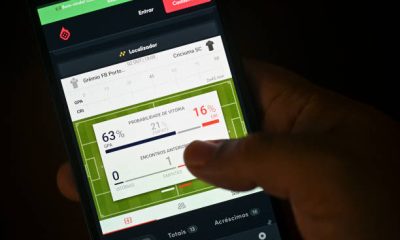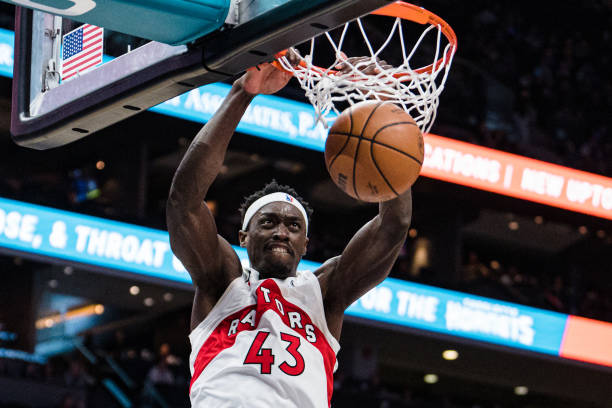
Introduction
When it comes to betting on basketball, two of the most popular options are moneyline betting and spread betting. Each has its advantages, strategies, and risks, and choosing the right approach can make a significant difference in long-term profitability. While some bettors prefer the simplicity of picking a straight-up winner with moneyline bets, others find greater value in the nuanced nature of spread betting.
But which betting strategy is best for basketball? In this in-depth guide, we’ll break down these types of betting, explaining how each works, their pros and cons, and when to use them. By the end, you’ll have seven powerful insights to help you make smarter, more profitable basketball betting decisions.
1. Understanding Moneyline Betting in Basketball
What is a Moneyline Bet? A moneyline bet is the simplest form of basketball betting, where you wager on which team will win the game outright. The odds are based on each team’s probability of winning, with favorites given negative odds (e.g., -200) and underdogs given positive odds (e.g., +180).
Example:
- Los Angeles Lakers (-150) vs. Chicago Bulls (+130)
- If you bet $150 on the Lakers and they win, you earn $100 in profit.
- If you bet $100 on the Bulls and they win, you earn $130 in profit.
Pros: ✔ Simple and easy to understand ✔ Good for casual bettors ✔ No need to worry about point differentials
Cons: ✘ Lower payouts for favorites ✘ Riskier to bet on underdogs
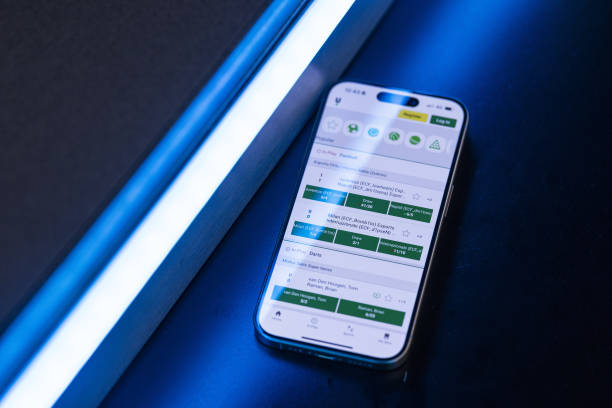
2. Understanding Spread Betting in Basketball
What is a Spread Bet? A spread bet involves wagering on a team to win by a certain margin (or not lose by more than that margin). The sportsbook sets a spread (e.g., -6.5 or +6.5), meaning:
- A favorite (-6.5) must win by at least 7 points to cover the spread.
- An underdog (+6.5) must win outright or lose by 6 points or less to cover the spread.
Example:
- Brooklyn Nets (-4.5) vs. Miami Heat (+4.5)
- If the Nets win by 5 points or more, they cover the spread.
- If the Heat win outright or lose by 4 points or less, they cover the spread.
Pros: ✔ More balanced odds (-110 on both sides) ✔ More value when betting on favorites ✔ Exciting for close matchups
Cons: ✘ Requires predicting margins, not just winners ✘ Bad beats can be frustrating (e.g., a last-second shot affecting the outcome)
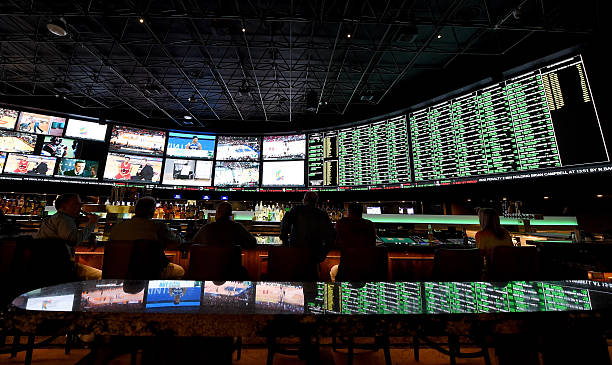
3. When to Use Moneyline Betting in Basketball
Moneyline betting is best suited for: ✅ Bettors who prefer simplicity – You just need to predict who wins. ✅ Games with close odds – If two teams are evenly matched, betting on an underdog moneyline can yield great value. ✅ Betting on underdogs – If an underdog has a realistic chance of winning outright, the moneyline offers higher payouts compared to spread bets.
Pro Tip: Look for moneyline value when underdogs are playing at home or when a favorite is dealing with injuries.
4. When to Use Spread Betting in Basketball
Spread betting is ideal for: ✅ Games with strong favorites – If a favorite is heavily favored (-250 or worse), the spread often provides better value than the moneyline. ✅ Betting on teams with solid defense – Defensive teams keep games close, making underdog spreads attractive. ✅ Live betting adjustments – If a team starts slow but is still competitive, adjusting spread bets mid-game can be profitable.
Pro Tip: Consider spread betting when betting on teams with a strong history of covering spreads (e.g., teams with high offensive efficiency and good free-throw shooting).
5. Comparing the Risk-Reward Tradeoff
✔ Moneyline bets are lower risk but lower reward when betting on favorites. ✔ Spread bets offer higher potential returns on favorites but require predicting the margin of victory. ✔ Moneyline underdog bets provide big payouts but come with a lower probability of winning. ✔ Underdog spread bets are safer than underdog moneyline bets while still offering solid value.
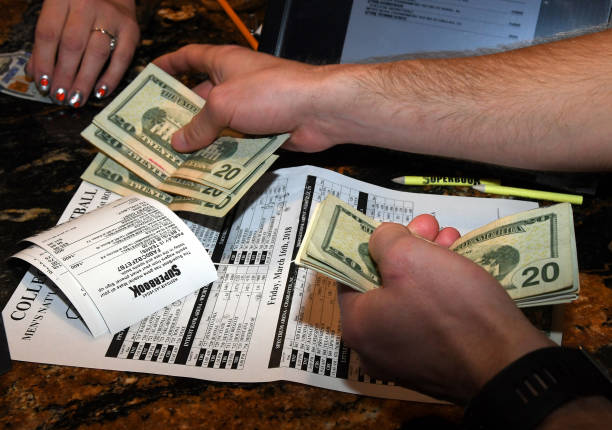
6. How to Find the Best Value in Each Betting Market
Moneyline Value Indicators:
- Underdogs with recent momentum (winning streaks, strong performances against top teams)
- Favorites with tight odds (e.g., -130 to -160) rather than heavy favorites
Spread Betting Value Indicators:
- Point differential stats (teams that consistently win/lose by certain margins)
- ATS (Against the Spread) records – Teams that cover spreads frequently
- Injury reports – A missing star player affects point spreads significantly
Pro Tip: Always compare multiple sportsbooks to find the best odds and line movements.
SUGGESTED FOR YOU
How to Identify & Exploit Soft Betting Lines – 7 Powerful Tactics for Maximum Profits
5 Betting Game-Changing Moments in History: From Bookmakers to Blockchain
7. Hybrid Strategy: Combining Moneyline and Spread Bets
Instead of choosing one strategy, a hybrid approach can be more profitable. Consider these tactics: ✅ Bet moneyline on underdogs while using spread bets on strong favorites. ✅ Parlay spread bets for added value when multiple teams are likely to cover. ✅ Use live betting to hedge moneyline or spread bets when game momentum shifts.
Example:
- Pre-game: Bet spread (-5.5) on Milwaukee Bucks vs. Detroit Pistons.
- Live bet: If the Bucks start slow and go down early, bet the moneyline on Bucks at a better price.
Conclusion: Which Betting Approach is Best?
The best approach to basketball betting depends on your goals and risk tolerance:
- For beginners, moneyline betting is easier and safer.
- For experienced bettors, spread betting offers greater value and flexibility.
- For those seeking big wins, underdog moneyline bets provide higher payouts.
- For strategic bettors, a hybrid mix of moneyline and spread betting is optimal.
CHECK OUT TOP 3 FREE BETTING PREDICTION SITES
Accuratepredict.com Soccerpredictions.net Betloy.com
Whether you prefer the simplicity of moneyline bets or the strategic depth of spread betting, understanding when and how to use each will improve your chances of success. Stay informed, analyze the odds, and make data-driven decisions for the best basketball betting experience.
Share Your Thoughts: Do you prefer moneyline or spread betting in basketball? Let us know in the comments!


